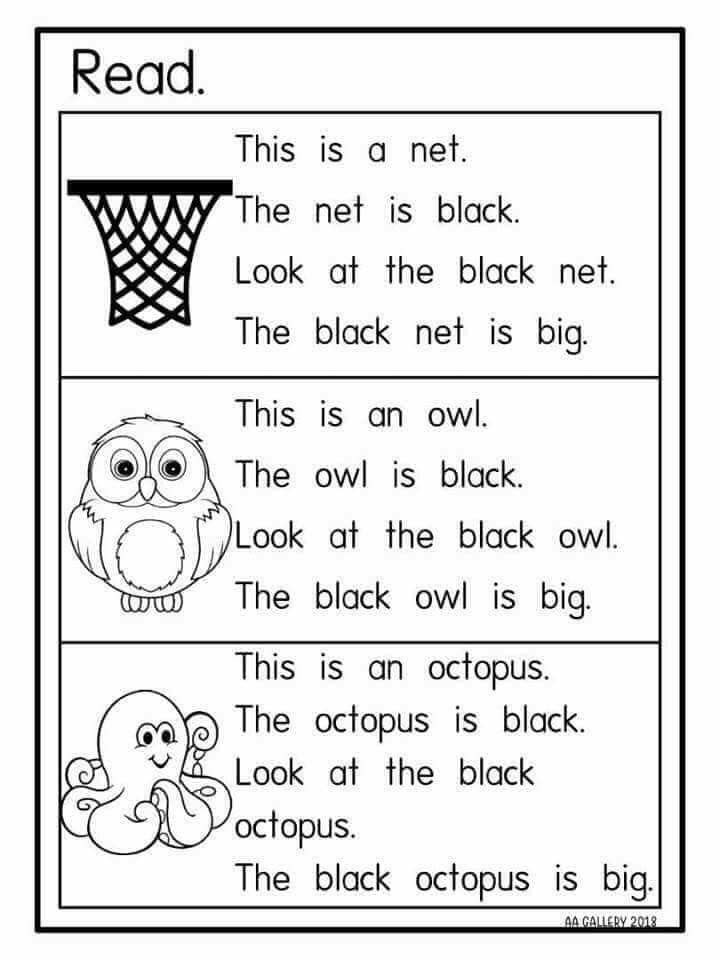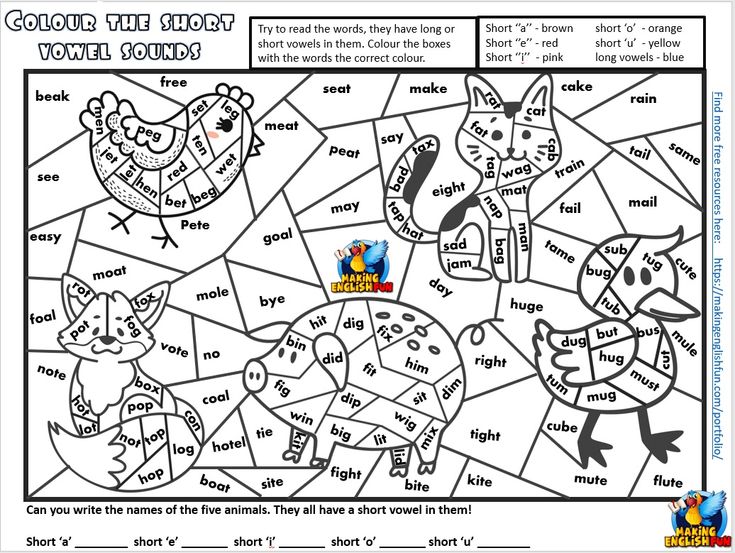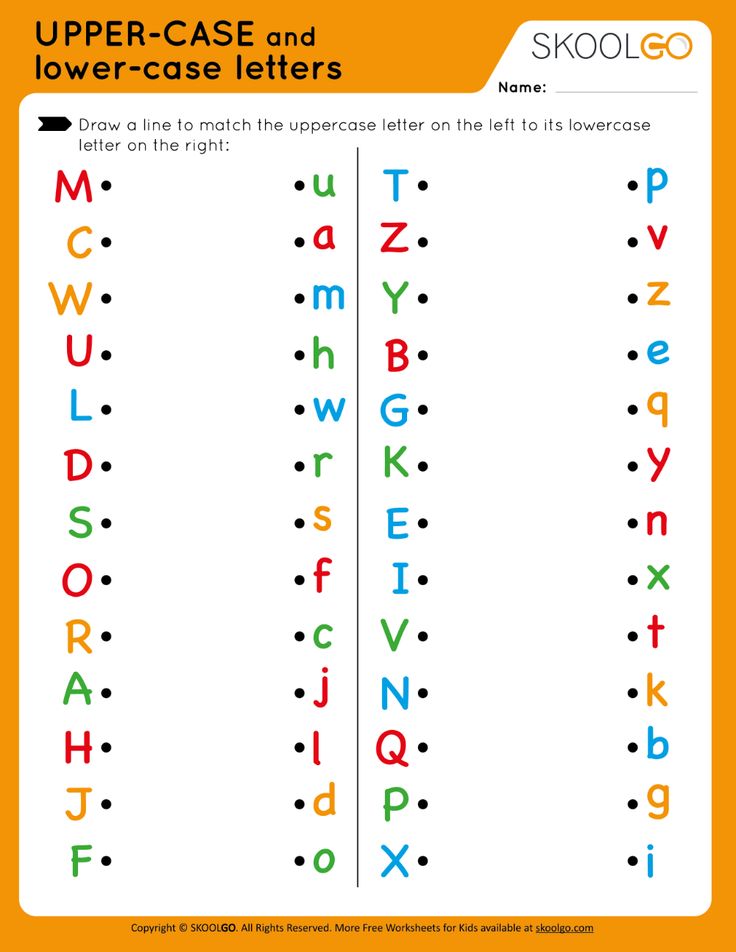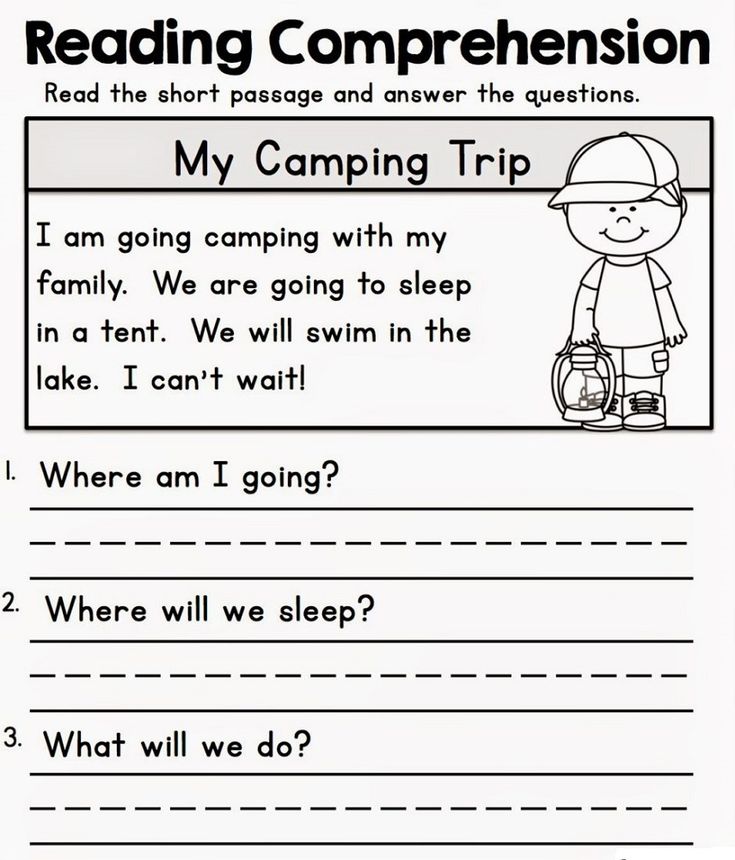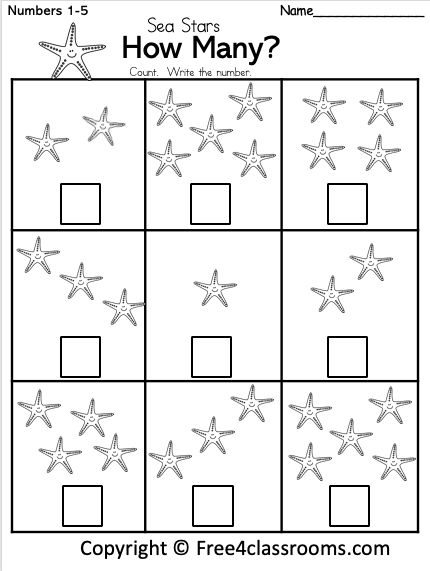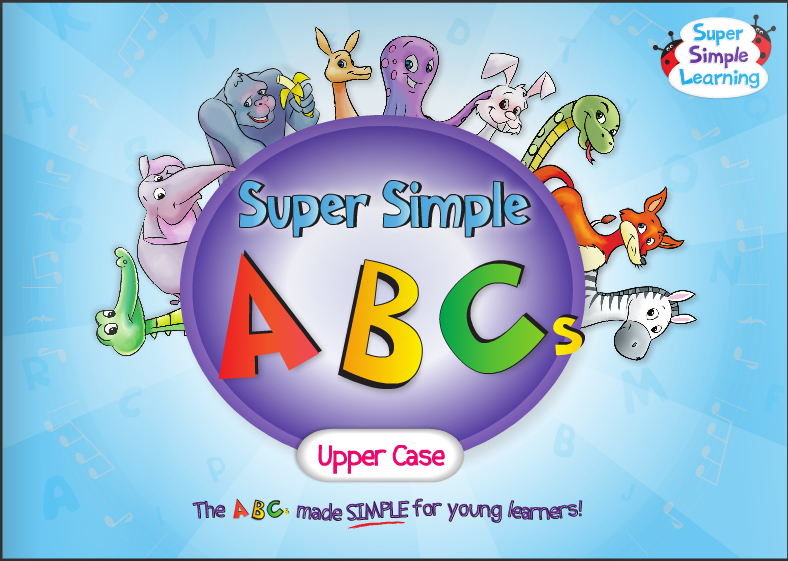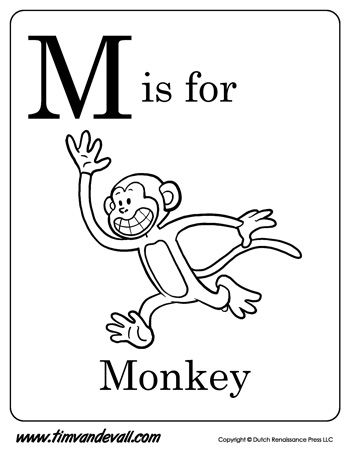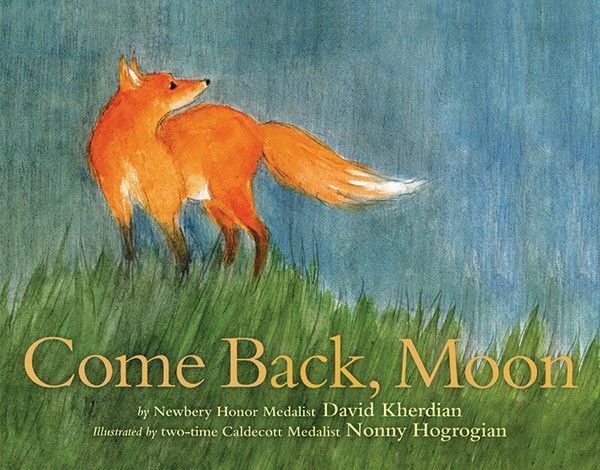Teach a preschooler to read
9 Fun and Easy Tips
With the abundance of information out there, it can seem like there is no clear answer about how to teach a child to read. As a busy parent, you may not have time to wade through all of the conflicting opinions.
That’s why we’re here to help! There are some key elements when it comes to teaching kids to read, so we’ve rounded up nine effective tips to help you boost your child’s reading skills and confidence.
These tips are simple, fit into your lifestyle, and help build foundational reading skills while having fun!
Tips For How To Teach A Child To Read
1) Focus On Letter Sounds Over Letter Names
We used to learn that “b” stands for “ball.” But when you say the word ball, it sounds different than saying the letter B on its own. That can be a strange concept for a young child to wrap their head around!
Instead of focusing on letter names, we recommend teaching them the sounds associated with each letter of the alphabet. For example, you could explain that B makes the /b/ sound (pronounced just like it sounds when you say the word ball aloud).
Once they firmly establish a link between a handful of letters and their sounds, children can begin to sound out short words. Knowing the sounds for B, T, and A allows a child to sound out both bat and tab.
As the number of links between letters and sounds grows, so will the number of words your child can sound out!
Now, does this mean that if your child already began learning by matching formal alphabet letter names with words, they won’t learn to match sounds and letters or learn how to read? Of course not!
We simply recommend this process as a learning method that can help some kids with the jump from letter sounds to words.
2) Begin With Uppercase Letters
Practicing how to make letters is way easier when they all look unique! This is why we teach uppercase letters to children who aren’t in formal schooling yet.
Even though lowercase letters are the most common format for letters (if you open a book at any page, the majority of the letters will be lowercase), uppercase letters are easier to distinguish from one another and, therefore, easier to identify.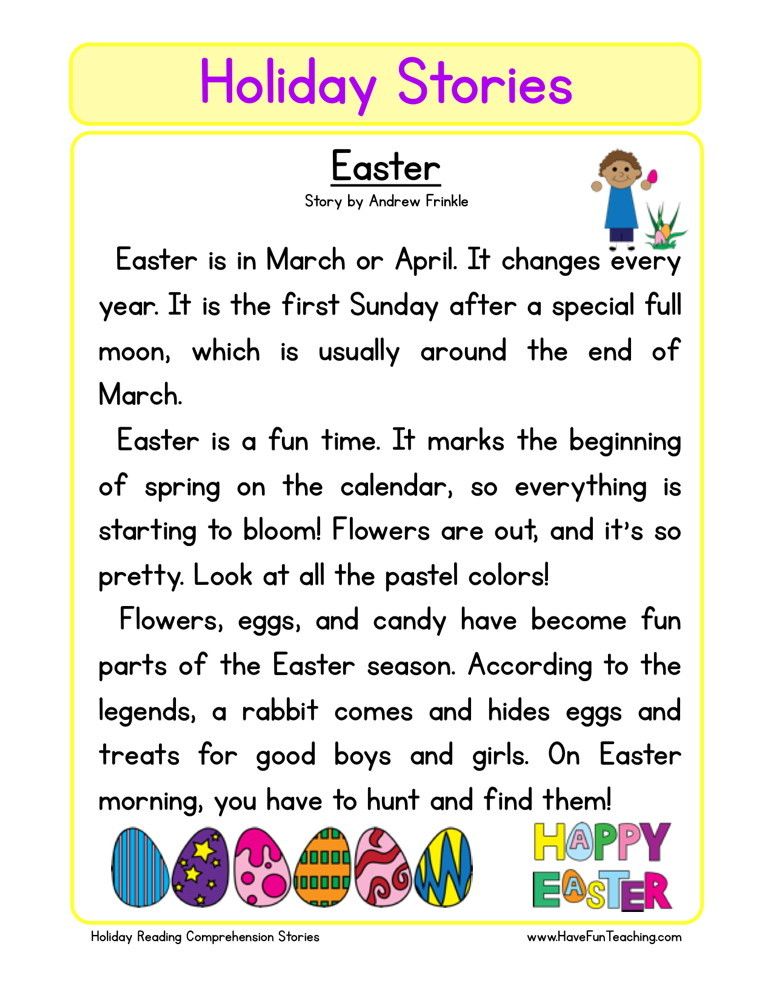
Think about it –– “b” and “d” look an awful lot alike! But “B” and “D” are much easier to distinguish. Starting with uppercase letters, then, will help your child to grasp the basics of letter identification and, subsequently, reading.
To help your child learn uppercase letters, we find that engaging their sense of physical touch can be especially useful. If you want to try this, you might consider buying textured paper, like sandpaper, and cutting out the shapes of uppercase letters.
Ask your child to put their hands behind their back, and then place the letter in their hands. They can use their sense of touch to guess what letter they’re holding! You can play the same game with magnetic letters.
3) Incorporate Phonics
Research has demonstrated that kids with a strong background in phonics (the relationship between sounds and symbols) tend to become stronger readers in the long-run.
A phonetic approach to reading shows a child how to go letter by letter — sound by sound — blending the sounds as you go in order to read words that the child (or adult) has not yet memorized.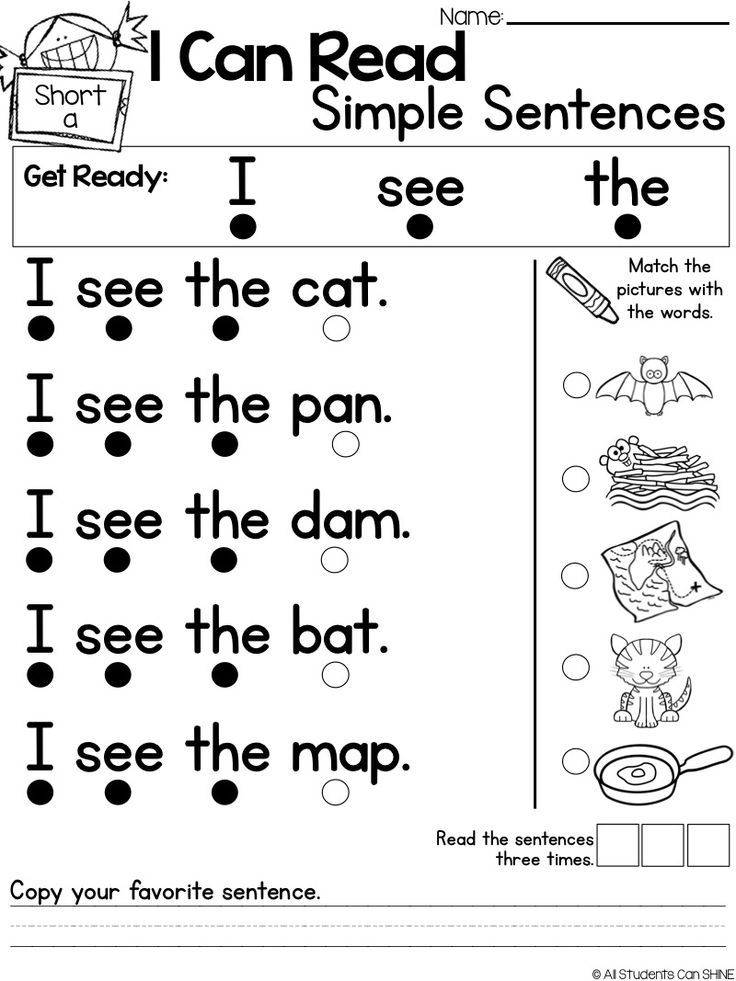
Once kids develop a level of automatization, they can sound out words almost instantly and only need to employ decoding with longer words. Phonics is best taught explicitly, sequentially, and systematically — which is the method HOMER uses.
If you’re looking for support helping your child learn phonics, our HOMER Learn & Grow app might be exactly what you need! With a proven reading pathway for your child, HOMER makes learning fun!
4) Balance Phonics And Sight Words
Sight words are also an important part of teaching your child how to read. These are common words that are usually not spelled the way they sound and can’t be decoded (sounded out).
Because we don’t want to undo the work your child has done to learn phonics, sight words should be memorized. But keep in mind that learning sight words can be challenging for many young children.
So, if you want to give your child a good start on their reading journey, it’s best to spend the majority of your time developing and reinforcing the information and skills needed to sound out words.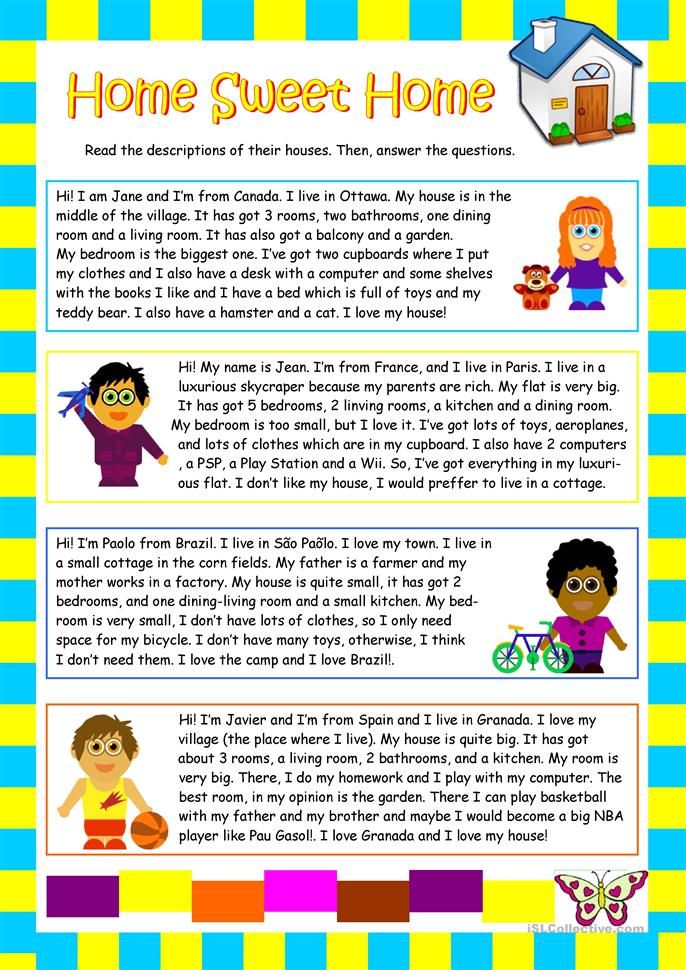
5) Talk A Lot
Even though talking is usually thought of as a speech-only skill, that’s not true. Your child is like a sponge. They’re absorbing everything, all the time, including the words you say (and the ones you wish they hadn’t heard)!
Talking with your child frequently and engaging their listening and storytelling skills can increase their vocabulary.
It can also help them form sentences, become familiar with new words and how they are used, as well as learn how to use context clues when someone is speaking about something they may not know a lot about.
All of these skills are extremely helpful for your child on their reading journey, and talking gives you both an opportunity to share and create moments you’ll treasure forever!
6) Keep It Light
Reading is about having fun and exploring the world (real and imaginary) through text, pictures, and illustrations. When it comes to reading, it’s better for your child to be relaxed and focused on what they’re learning than squeezing in a stressful session after a long day.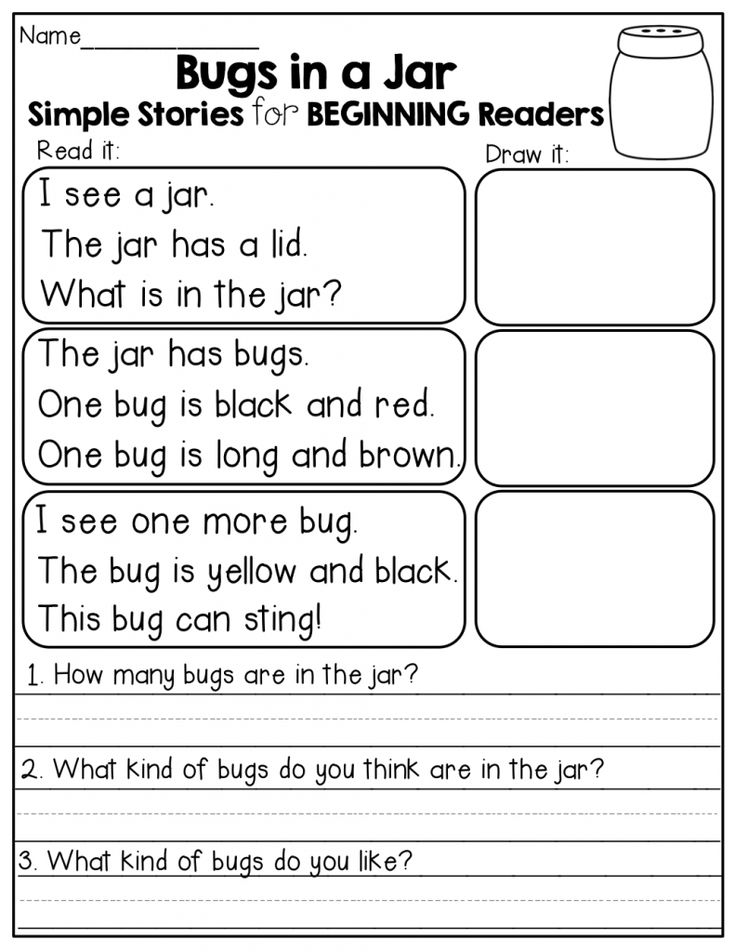
We’re about halfway through the list and want to give a gentle reminder that your child shouldn’t feel any pressure when it comes to reading — and neither should you!
Although consistency is always helpful, we recommend focusing on quality over quantity. Fifteen minutes might sound like a short amount of time, but studies have shown that 15 minutes a day of HOMER’s reading pathway can increase early reading scores by 74%!
It may also take some time to find out exactly what will keep your child interested and engaged in learning. That’s OK! If it’s not fun, lighthearted, and enjoyable for you and your child, then shake it off and try something new.
7) Practice Shared Reading
While you read with your child, consider asking them to repeat words or sentences back to you every now and then while you follow along with your finger.
There’s no need to stop your reading time completely if your child struggles with a particular word. An encouraging reminder of what the word means or how it’s pronounced is plenty!
Another option is to split reading aloud time with your child.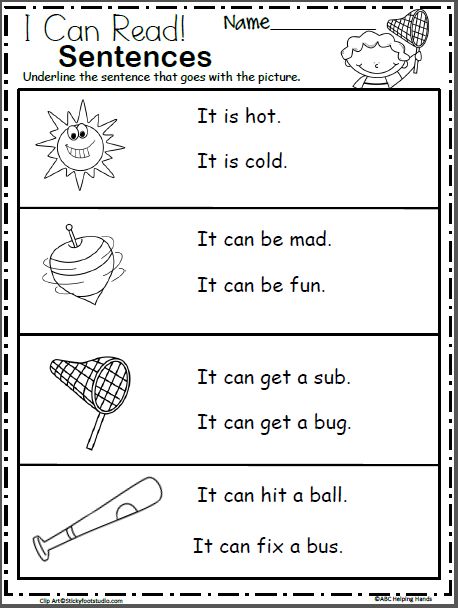 For emerging readers, you can read one line and then ask them to read the next. For older children, reading one page and letting them read the next page is beneficial.
For emerging readers, you can read one line and then ask them to read the next. For older children, reading one page and letting them read the next page is beneficial.
Doing this helps your child feel capable and confident, which is important for encouraging them to read well and consistently!
This technique also gets your child more acquainted with the natural flow of reading. While they look at the pictures and listen happily to the story, they’ll begin to focus on the words they are reading and engage more with the book in front of them.
Rereading books can also be helpful. It allows children to develop a deeper understanding of the words in a text, make familiar words into “known” words that are then incorporated into their vocabulary, and form a connection with the story.
We wholeheartedly recommend rereading!
8) Play Word Games
Getting your child involved in reading doesn’t have to be about just books. Word games can be a great way to engage your child’s skills without reading a whole story at once.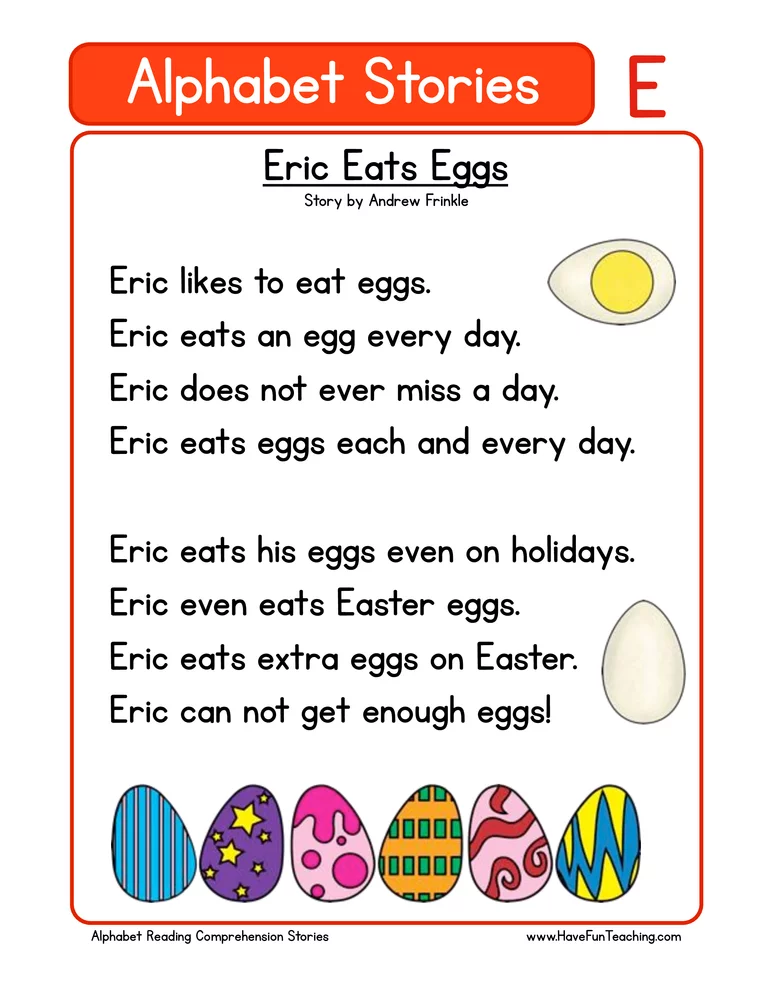
One of our favorite reading games only requires a stack of Post-It notes and a bunched-up sock. For this activity, write sight words or words your child can sound out onto separate Post-It notes. Then stick the notes to the wall.
Your child can then stand in front of the Post-Its with the bunched-up sock in their hands. You say one of the words and your child throws the sock-ball at the Post-It note that matches!
9) Read With Unconventional Materials
In the same way that word games can help your child learn how to read, so can encouraging your child to read without actually using books!
If you’re interested in doing this, consider using PlayDoh, clay, paint, or indoor-safe sand to form and shape letters or words.
Another option is to fill a large pot with magnetic letters. For emerging learners, suggest that they pull a letter from the pot and try to name the sound it makes. For slightly older learners, see if they can name a word that begins with the same sound, or grab a collection of letters that come together to form a word.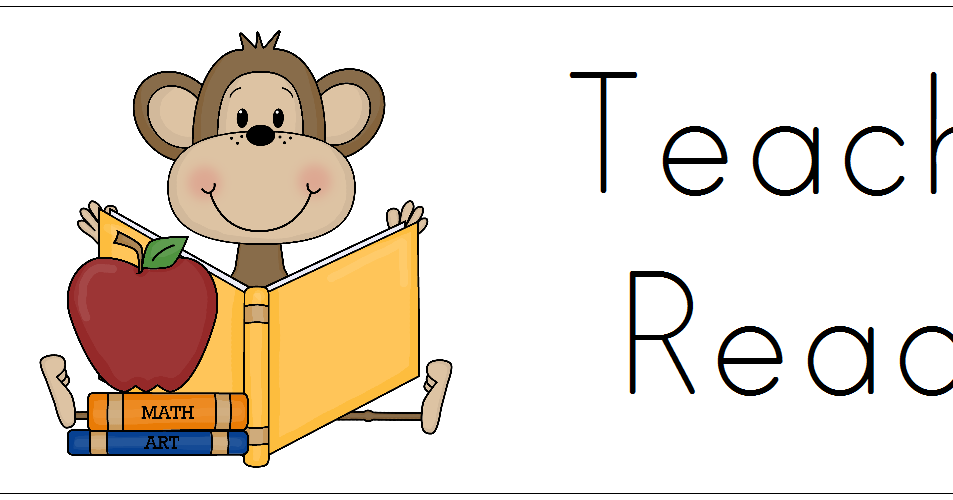
As your child becomes more proficient, you can scale these activities to make them a little more advanced. And remember to have fun with it!
Reading Comes With Time And Practice
Overall, we want to leave you with this: there is no single answer to how to teach a child to read. What works for your neighbor’s child may not work for yours –– and that’s perfectly OK!
Patience, practicing a little every day, and emphasizing activities that let your child enjoy reading are the things we encourage most. Reading is about fun, exploration, and learning!
And if you ever need a bit of support, we’re here for you! At HOMER, we’re your learning partner. Start your child’s reading journey with confidence with our personalized program plus expert tips and learning resources.
Author
Teaching children to read isn’t easy. How do kids actually learn to read?
A student in a Mississippi elementary school reads a book in class.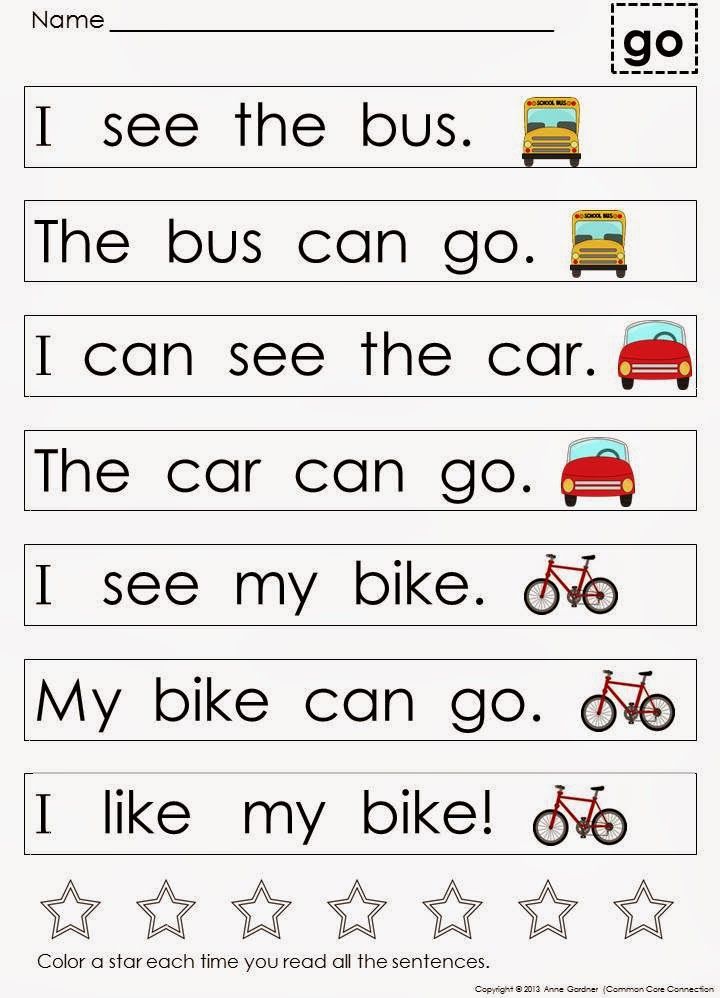 Research shows young children need explicit, systematic phonics instruction to learn how to read fluently. Credit: Terrell Clark for The Hechinger Report
Research shows young children need explicit, systematic phonics instruction to learn how to read fluently. Credit: Terrell Clark for The Hechinger ReportTeaching kids to read isn’t easy; educators often feel strongly about what they think is the “right” way to teach this essential skill. Though teachers’ approaches may differ, the research is pretty clear on how best to help kids learn to read. Here’s what parents should look for in their children’s classroom.
How do kids actually learn how to read?
Research shows kids learn to read when they are able to identify letters or combinations of letters and connect those letters to sounds. There’s more to it, of course, like attaching meaning to words and phrases, but phonemic awareness (understanding sounds in spoken words) and an understanding of phonics (knowing that letters in print correspond to sounds) are the most basic first steps to becoming a reader.
If children can’t master phonics, they are more likely to struggle to read.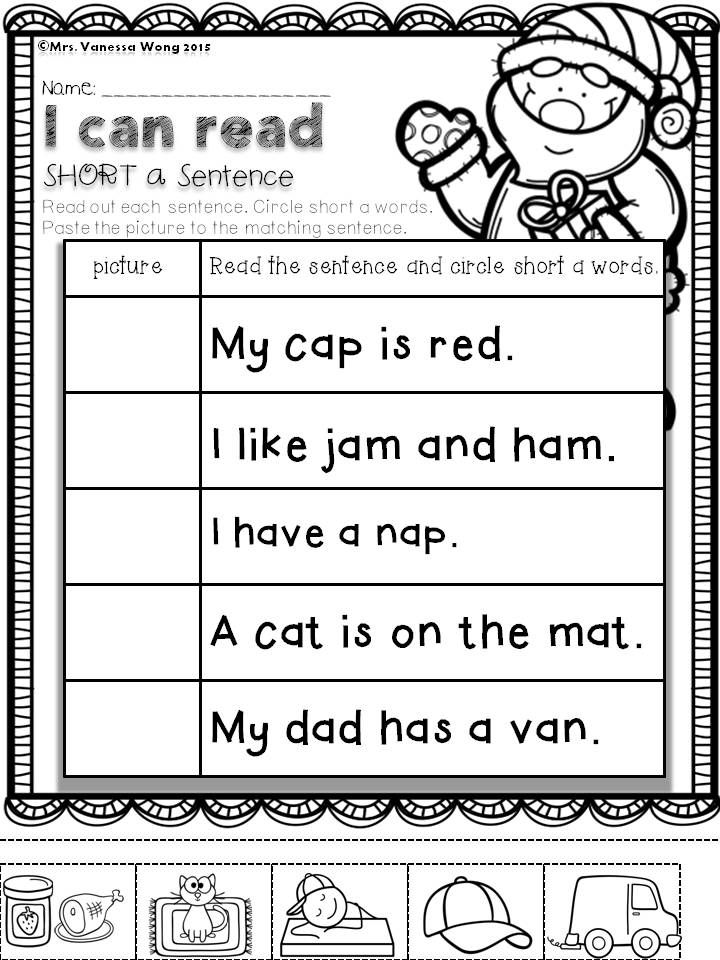 That’s why researchers say explicit, systematic instruction in phonics is important: Teachers must lead students step by step through a specific sequence of letters and sounds. Kids who learn how to decode words can then apply that skill to more challenging words and ultimately read with fluency. Some kids may not need much help with phonics, especially as they get older, but experts say phonics instruction can be essential for young children and struggling readers “We don’t know how much phonics each kid needs,” said Anders Rasmussen, principal of Wood Road Elementary School in Ballston Spa, New York, who recently led the transformation of his schools’ reading program to a research-based, structured approach. “But we know no kid is hurt by getting too much of it.”
That’s why researchers say explicit, systematic instruction in phonics is important: Teachers must lead students step by step through a specific sequence of letters and sounds. Kids who learn how to decode words can then apply that skill to more challenging words and ultimately read with fluency. Some kids may not need much help with phonics, especially as they get older, but experts say phonics instruction can be essential for young children and struggling readers “We don’t know how much phonics each kid needs,” said Anders Rasmussen, principal of Wood Road Elementary School in Ballston Spa, New York, who recently led the transformation of his schools’ reading program to a research-based, structured approach. “But we know no kid is hurt by getting too much of it.”
How should your child’s school teach reading?
Timothy Shanahan, a professor emeritus at the University of Illinois at Chicago and an expert on reading instruction, said phonics are important in kindergarten through second grade and phonemic awareness should be explicitly taught in kindergarten and first grade.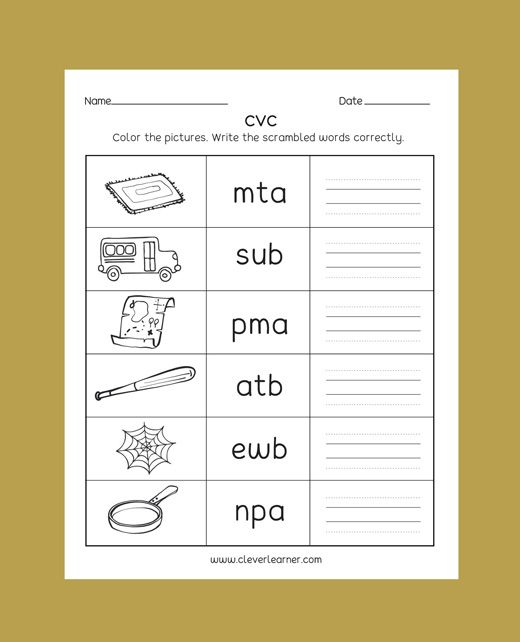 This view has been underscored by experts in recent years as the debate over reading instruction has intensified. But teaching kids how to read should include more than phonics, said Shanahan. They should also be exposed to oral reading, reading comprehension and writing.
This view has been underscored by experts in recent years as the debate over reading instruction has intensified. But teaching kids how to read should include more than phonics, said Shanahan. They should also be exposed to oral reading, reading comprehension and writing.
The wars over how to teach reading are back. Here’s the four things you need to know.
Wiley Blevins, an author and expert on phonics, said a good test parents can use to determine whether a child is receiving research-based reading instruction is to ask their child’s teacher how reading is taught. “They should be able to tell you something more than ‘by reading lots of books’ and ‘developing a love of reading.’ ” Blevins said. Along with time dedicated to teaching phonics, Blevins said children should participate in read-alouds with their teacher to build vocabulary and content knowledge. “These read-alouds must involve interactive conversations to engage students in thinking about the content and using the vocabulary,” he said.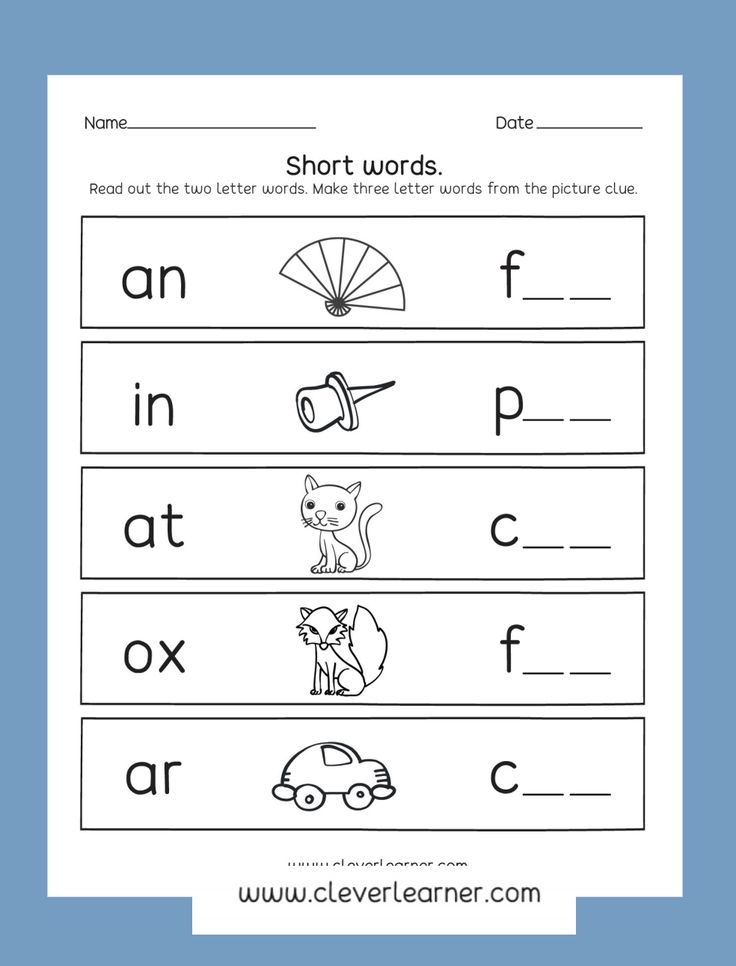 “Too often, when time is limited, the daily read-alouds are the first thing left out of the reading time. We undervalue its impact on reading growth and must change that.”
“Too often, when time is limited, the daily read-alouds are the first thing left out of the reading time. We undervalue its impact on reading growth and must change that.”
Rasmussen’s school uses a structured approach: Children receive lessons in phonemic awareness, phonics, pre-writing and writing, vocabulary and repeated readings. Research shows this type of “systematic and intensive” approach in several aspects of literacy can turn children who struggle to read into average or above-average readers.
What should schools avoid when teaching reading?
Educators and experts say kids should be encouraged to sound out words, instead of guessing. “We really want to make sure that no kid is guessing,” Rasmussen said. “You really want … your own kid sounding out words and blending words from the earliest level on.” That means children are not told to guess an unfamiliar word by looking at a picture in the book, for example. As children encounter more challenging texts in later grades, avoiding reliance on visual cues also supports fluent reading.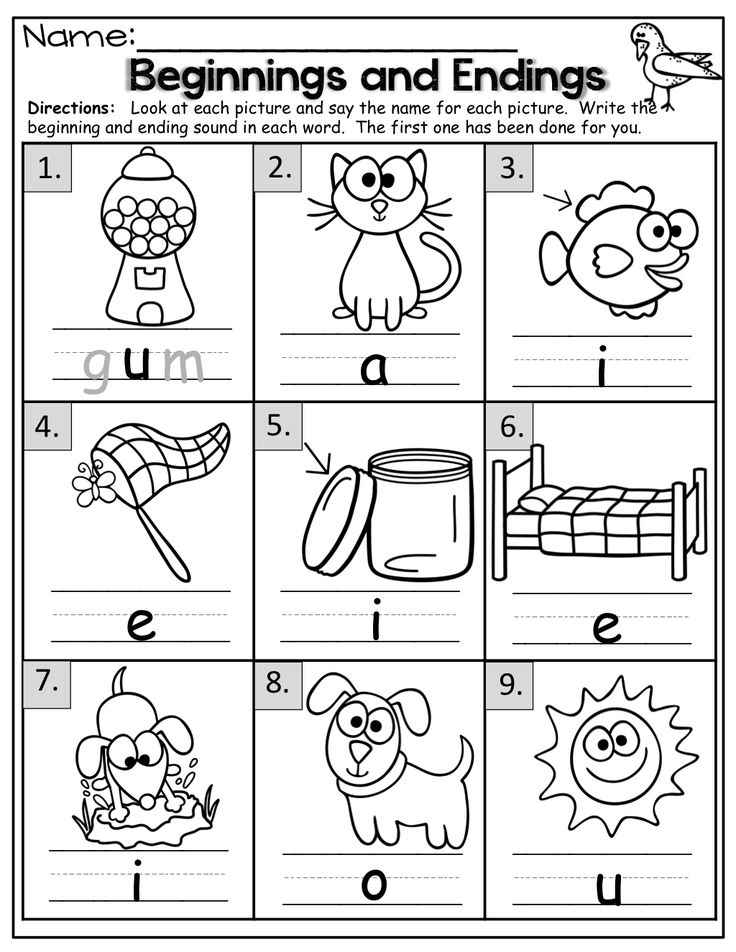 “When they get to ninth grade and they have to read “Of Mice and Men,” there are no picture cues,” Rasmussen said.
“When they get to ninth grade and they have to read “Of Mice and Men,” there are no picture cues,” Rasmussen said.
Related: Teacher Voice: We need phonics, along with other supports, for reading
Blevins and Shanahan caution against organizing books by different reading levels and keeping students at one level until they read with enough fluency to move up to the next level. Although many people may think keeping students at one level will help prevent them from getting frustrated and discouraged by difficult texts, research shows that students actually learn more when they are challenged by reading materials.
Blevins said reliance on “leveled books” can contribute to “a bad habit in readers.” Because students can’t sound out many of the words, they rely on memorizing repeated words and sentence patterns, or on using picture clues to guess words. Rasmussen said making kids stick with one reading level — and, especially, consistently giving some kids texts that are below grade level, rather than giving them supports to bring them to grade level — can also lead to larger gaps in reading ability.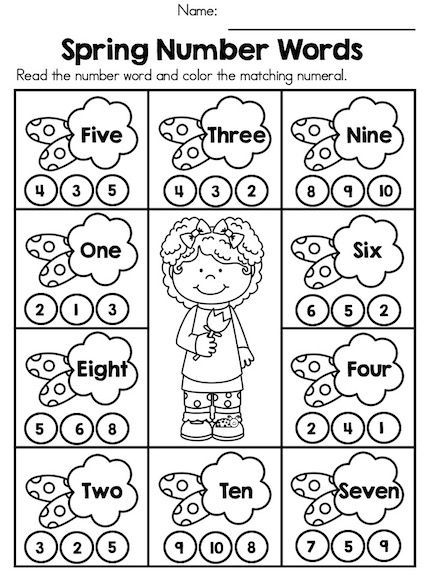
How do I know if a reading curriculum is effective?
Some reading curricula cover more aspects of literacy than others. While almost all programs have some research-based components, the structure of a program can make a big difference, said Rasmussen. Watching children read is the best way to tell if they are receiving proper instruction — explicit, systematic instruction in phonics to establish a foundation for reading, coupled with the use of grade-level texts, offered to all kids.
Parents who are curious about what’s included in the curriculum in their child’s classroom can find sources online, like a chart included in an article by Readingrockets.org which summarizes the various aspects of literacy, including phonics, writing and comprehension strategies, in some of the most popular reading curricula.
Blevins also suggested some questions parents can ask their child’s teacher:
- What is your phonics scope and sequence?
“If research-based, the curriculum must have a clearly defined phonics scope and sequence that serves as the spine of the instruction.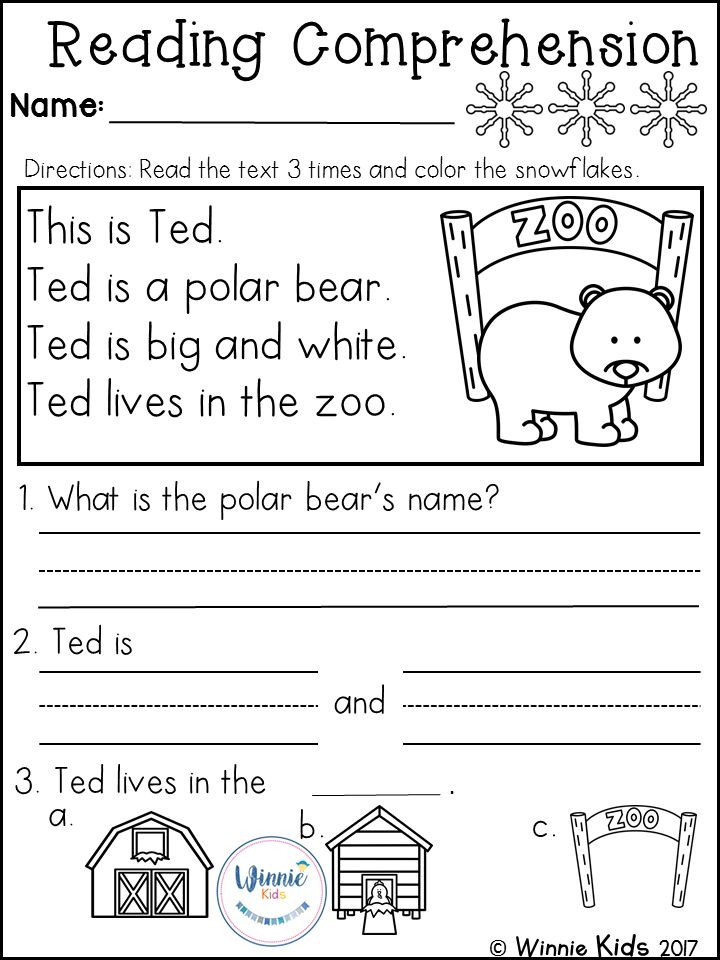 ” Blevins said.
” Blevins said.
- Do you have decodable readers (short books with words composed of the letters and sounds students are learning) to practice phonics?
“If no decodable or phonics readers are used, students are unlikely to get the amount of practice and application to get to mastery so they can then transfer these skills to all reading and writing experiences,” Blevins said. “If teachers say they are using leveled books, ask how many words can students sound out based on the phonics skills (teachers) have taught … Can these words be fully sounded out based on the phonics skills you taught or are children only using pieces of the word? They should be fully sounding out the words — not using just the first or first and last letters and guessing at the rest.”
- What are you doing to build students’ vocabulary and background knowledge? How frequent is this instruction? How much time is spent each day doing this?
“It should be a lot,” Blevins said, “and much of it happens during read-alouds, especially informational texts, and science and social studies lessons.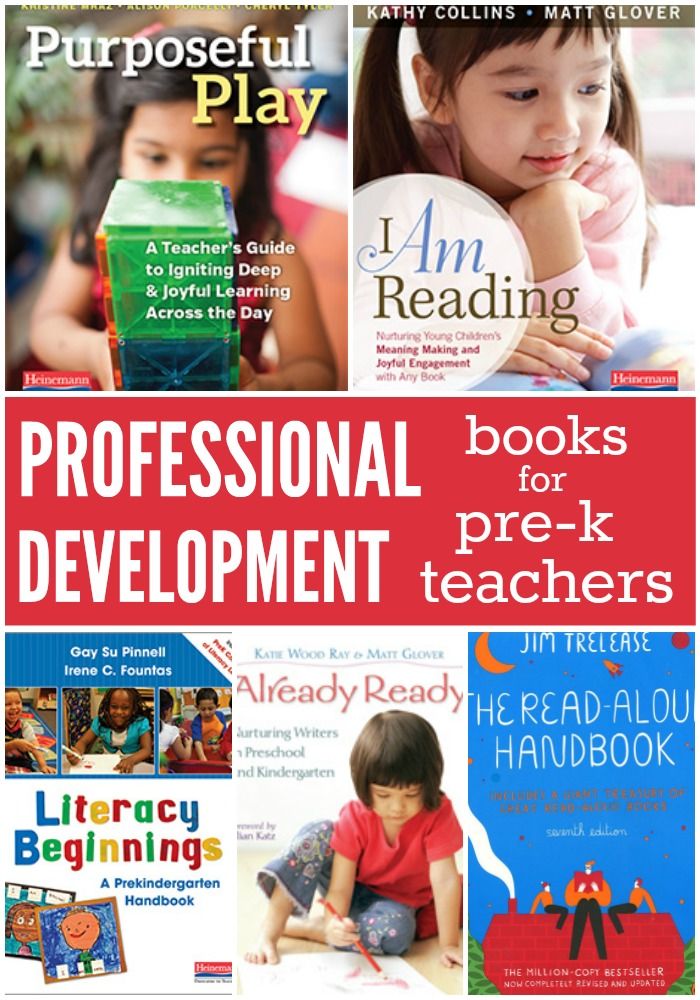 ”
”
- Is the research used to support your reading curriculum just about the actual materials, or does it draw from a larger body of research on how children learn to read? How does it connect to the science of reading?
Teachers should be able to answer these questions, said Blevins.
What should I do if my child isn’t progressing in reading?
When a child isn’t progressing, Blevins said, the key is to find out why. “Is it a learning challenge or is your child a curriculum casualty? This is a tough one.” Blevins suggested that parents of kindergarteners and first graders ask their child’s school to test the child’s phonemic awareness, phonics and fluency.
Parents of older children should ask for a test of vocabulary. “These tests will locate some underlying issues as to why your child is struggling reading and understanding what they read,” Blevins said. “Once underlying issues are found, they can be systematically addressed.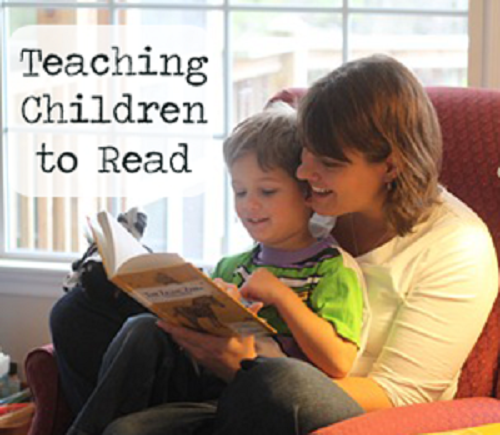 ”
”
“We don’t know how much phonics each kid needs. But we know no kid is hurt by getting too much of it.”
Anders Rasmussen, principal of Wood Road Elementary School in Ballston Spa, New York
Rasmussen recommended parents work with their school if they are concerned about their children’s progress. By sitting and reading with their children, parents can see the kind of literacy instruction the kids are receiving. If children are trying to guess based on pictures, parents can talk to teachers about increasing phonics instruction.
“Teachers aren’t there doing necessarily bad things or disadvantaging kids purposefully or willfully,” Rasmussen said. “You have many great reading teachers using some effective strategies and some ineffective strategies.”
What can parents do at home to help their children learn to read?
Parents want to help their kids learn how to read but don’t want to push them to the point where they hate reading. “Parents at home can fall into the trap of thinking this is about drilling their kid,” said Cindy Jiban, a former educator and current principal academic lead at NWEA, a research-based non-profit focused on assessments and professional learning opportunities. “This is unfortunate,” Jiban said. “It sets up a parent-child interaction that makes it, ‘Ugh, there’s this thing that’s not fun.’” Instead, Jiban advises making decoding playful. Here are some ideas:
“Parents at home can fall into the trap of thinking this is about drilling their kid,” said Cindy Jiban, a former educator and current principal academic lead at NWEA, a research-based non-profit focused on assessments and professional learning opportunities. “This is unfortunate,” Jiban said. “It sets up a parent-child interaction that makes it, ‘Ugh, there’s this thing that’s not fun.’” Instead, Jiban advises making decoding playful. Here are some ideas:
- Challenge kids to find everything in the house that starts with a specific sound.
- Stretch out one word in a sentence. Ask your child to “pass the salt” but say the individual sounds in the word “salt” instead of the word itself.
- Ask your child to figure out what every family member’s name would be if it started with a “b” sound.
- Sing that annoying “Banana fana fo fanna song.” Jiban said that kind of playful activity can actually help a kid think about the sounds that correspond with letters even if they’re not looking at a letter right in front of them.

- Read your child’s favorite book over and over again. For books that children know well, Jiban suggests that children use their finger to follow along as each word is read. Parents can do the same, or come up with another strategy to help kids follow which words they’re reading on a page.
Giving a child diverse experiences that seem to have nothing to do with reading can also help a child’s reading ability. By having a variety of experiences, Rasmussen said, children will be able to apply their own knowledge to better comprehend texts about various topics.
This story about teaching children to read was produced by The Hechinger Report, a nonprofit, independent news organization focused on inequality and innovation in education. Sign up for Hechinger’s newsletter.
The Hechinger Report provides in-depth, fact-based, unbiased reporting on education that is free to all readers. But that doesn't mean it's free to produce. Our work keeps educators and the public informed about pressing issues at schools and on campuses throughout the country. We tell the whole story, even when the details are inconvenient. Help us keep doing that.
Our work keeps educators and the public informed about pressing issues at schools and on campuses throughout the country. We tell the whole story, even when the details are inconvenient. Help us keep doing that.
Join us today.
How to teach a child to read: important rules and effective methods
October 26 Likbez Education
Teaching a preschooler to read without losing interest in books is real. Lifehacker has selected the best ways for responsible parents.
How to understand that it is time to teach a child to read
There are several signs of psychological readiness.
- The child speaks fluently in sentences and understands the meaning of what is said.
- The child understands directions: left-right, up-down. For learning to read, it is important that the baby can follow the text from left to right and from top to bottom.
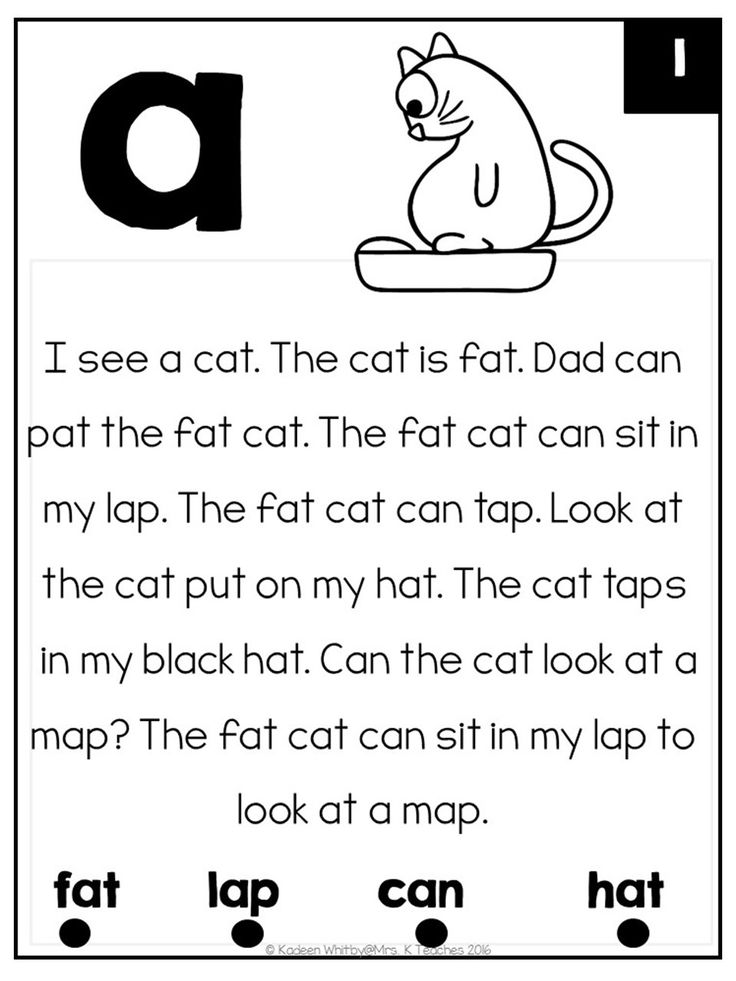
- The child distinguishes sounds (what speech therapists call developed phonemic hearing). Simply put, the baby will easily understand by ear where the house and the bow are, and where the tom and the hatch are.
- Your child pronounces all the sounds and has no speech problems.
Natalia Zharikova
Speech therapist with 33 years of experience
A child with speech therapy problems does not hear and does not distinguish similar sounds. From here come errors with speech, and subsequently with reading, and even more often with writing. It is very difficult for a parent to identify violations on their own, so usually a teacher or a speech therapist can point this out to them.
How to teach your child to read
Be patient and follow these simple guidelines.
Set an example
In a family where there is a culture and tradition of reading, children themselves will reach for books. Read not because it is necessary and useful, but because it is a pleasure for you.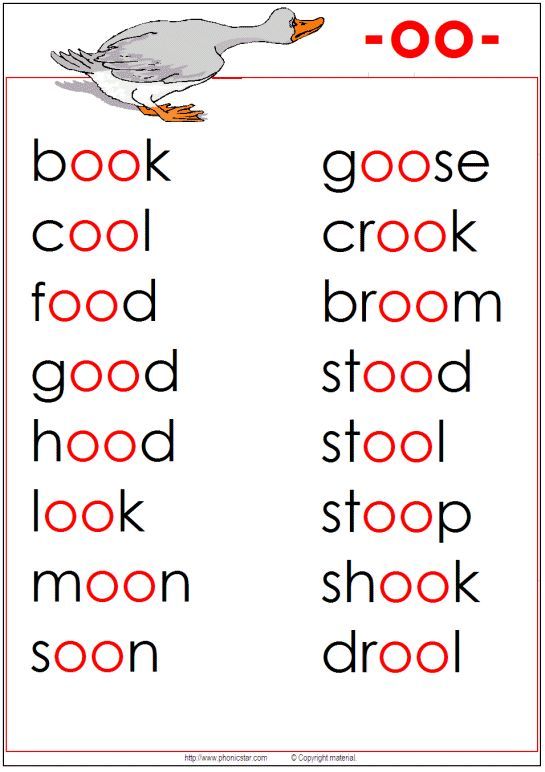
Read together and discuss
Read aloud to the child and then look at the pictures together, encouraging them to interact with the book: “Who is this picture? Can you show me the cat's ears? And who is that standing next to her?” Older children can be asked more difficult questions: “Why did he do this? What do you think will happen next?"
Don't learn the letters as they are called in the alphabet
Instead, help your child remember the sound the letter makes. For example, you show the letter "m" and say: "This is the letter m (not em )". If a child remembers the alphabetic names of letters ( em , es, ef and so on), it will be quite difficult for him to learn to read. Then, when he sees the word ra-ma in the book, he will try to pronounce er-a-um-a .
Go from simple to complex
Once the child has memorized a few letters (from 2 to 5) and the sounds they represent, move on to syllables. Let the words consisting of repeated syllables be the first: mum, dad, uncle, nanny . In this case, it is not necessary to break the syllable into separate sounds. Do not say: "These are the letters m and a , and together they read ma ". Immediately learn that the syllable is pronounced like ma , otherwise the baby may start to read letter by letter. After mastering simple combinations, move on to more complex ones: cat, zhu-k, house .
Let the words consisting of repeated syllables be the first: mum, dad, uncle, nanny . In this case, it is not necessary to break the syllable into separate sounds. Do not say: "These are the letters m and a , and together they read ma ". Immediately learn that the syllable is pronounced like ma , otherwise the baby may start to read letter by letter. After mastering simple combinations, move on to more complex ones: cat, zhu-k, house .
Help to understand the meaning of what they read
Do this when the child begins to slowly but surely reproduce words and whole sentences in syllables. For example, the kid read: "Mom washed the frame." Stop and ask: “What did you just read about?”. If he finds it difficult to answer, let him read the sentence again. And you ask more specific questions: “Who washed the frame? What did mom wash?
Show that letters are everywhere
Play a game. Let the child find the letters that surround him on the street and at home. These are the names of stores, and memos on information stands, and advertising on billboards, and even traffic light messages: it happens that the inscription “Go” lights up on green, and “Wait so many seconds” on red.
These are the names of stores, and memos on information stands, and advertising on billboards, and even traffic light messages: it happens that the inscription “Go” lights up on green, and “Wait so many seconds” on red.
Play
And play again. Stack blocks with letters and syllables, make up words, ask your child to read you some kind of sign or inscription on the packaging in the store.
Natalia Zharikova
There are many exercises for memorizing letters. For example, circle the desired letter among a number of others, circle the correctly written among the incorrect ones, color or shade. You can also ask the child to tell what the letter looks like.
Use every opportunity to practice
Whether you are waiting in line at the clinic or driving somewhere, take out a book with pictures and short stories to accompany them and invite your child to read together.
Build on your success
Repeat familiar texts, look for familiar characters in new stories.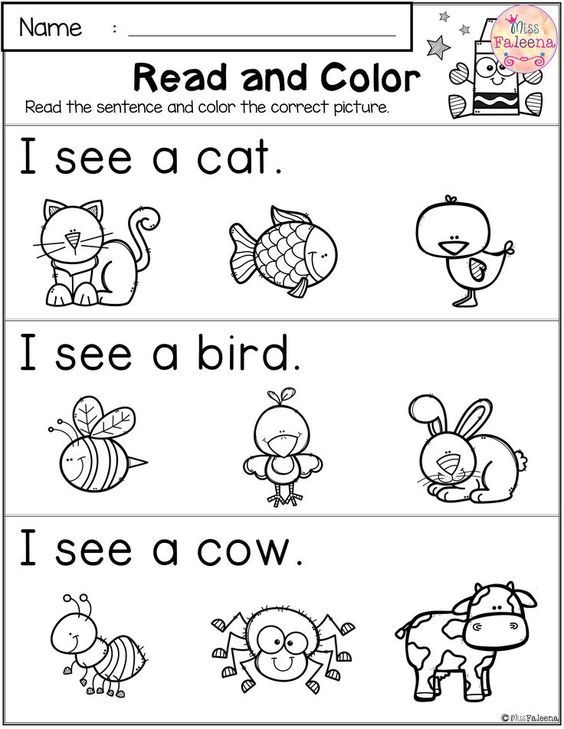 Runaway Bunny is found both in "Teremka" and "Kolobok".
Runaway Bunny is found both in "Teremka" and "Kolobok".
Do not force
This is perhaps the most important thing. Don't take away a child's childhood. Learning should not go through violence and tears.
What techniques to use to teach your child to read
Here are six popular, affordable and effective techniques. Choose one or try several and choose the one that interests your child the most.
1. ABCs and primers
Frame: This is all mine / YouTubeTraditional, but the longest way. The difference between these books is that the alphabet fixes each letter with a mnemonic picture: a drum will be drawn on the page with B , and a spinning top next to Yu . The alphabet helps to remember letters and often interesting rhymes, but will not teach you how to read.
The primer consistently teaches the child to combine sounds into syllables, and syllables into words. This process is not easy and requires perseverance.
There are quite a lot of author's primers now.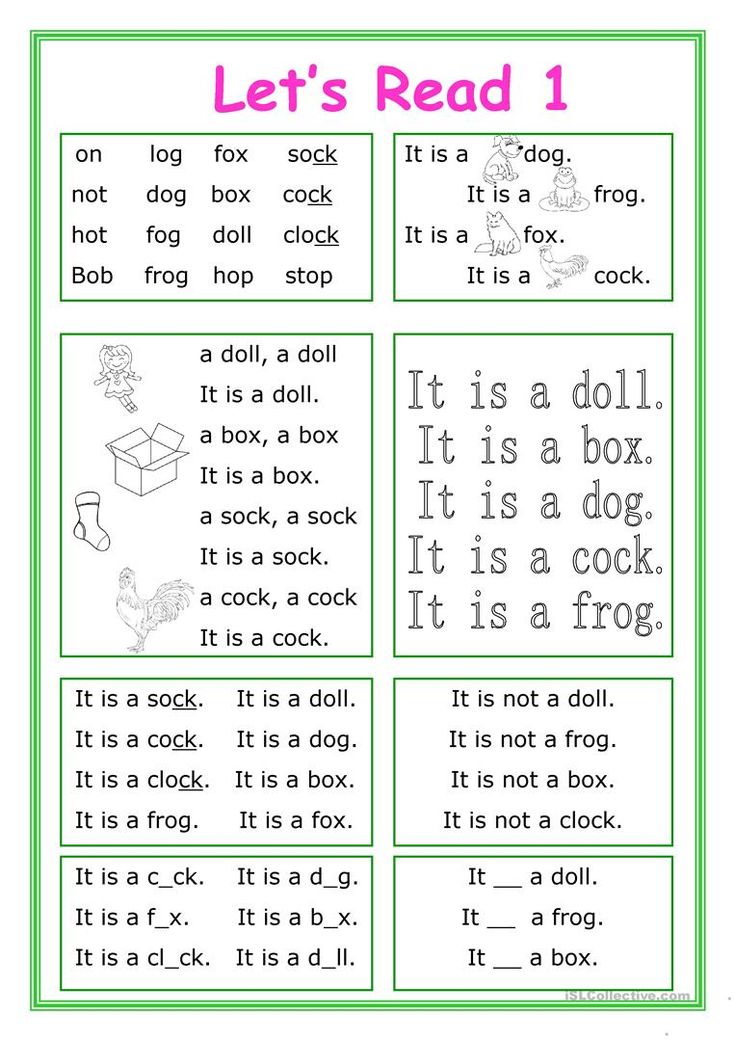 According to the books of Nadezhda Betenkova, Vseslav Goretsky, Dmitry Fonin, Natalya Pavlova, children can study both with their parents before school and in the first grade.
According to the books of Nadezhda Betenkova, Vseslav Goretsky, Dmitry Fonin, Natalya Pavlova, children can study both with their parents before school and in the first grade.
Parents agree that one of the most understandable methods for teaching preschoolers is Nadezhda Zhukova's primer. The author simply explains the most difficult thing for a child: how to turn letters into syllables, how to read ma-ma , and not start naming individual letters me-a-me-a .
2. Zaitsev's Cubes
Shot: Little Socrates / YouTubeIf a child consistently masters letters and syllables while learning from an ABC book, then in 52 Zaitsev's Cubes he is given access to everything at once: a single letter or combinations of consonant and vowel, consonant and hard or soft sign.
The child effortlessly learns the differences between unvoiced and voiced sounds, because the cubes with voiceless consonants are filled with wood, and the cubes with voiced consonants are filled with metal.
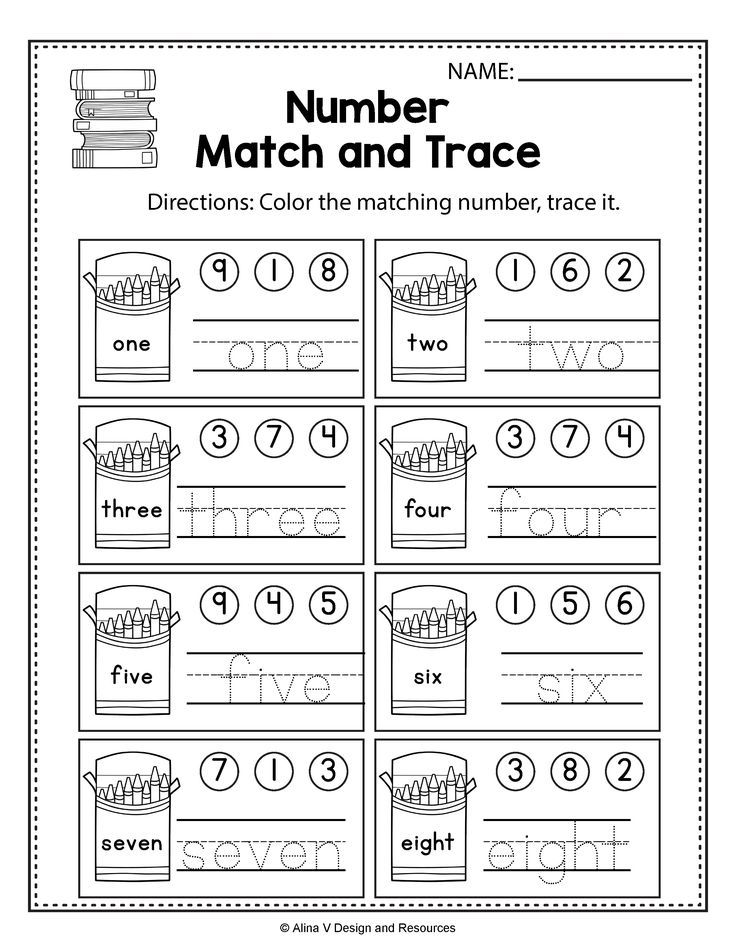
The cubes also differ in size. The large ones depict hard warehouses, the small ones - soft ones. The author of the technique explains this by the fact that when we pronounce to (hard warehouse), the mouth opens wide, nor (soft warehouse) - lips in a half smile.
The set includes tables with warehouses that the parent sings (yes, he doesn’t speak, but sings).
The child quickly masters warehouse reading with the help of cubes. But there are also disadvantages: he may begin to swallow endings and face difficulties already at school when parsing a word by composition.
3. "Skladushki" and "Teremki" by Vyacheslav Voskobovich
Shot: Game and Toy Club / YouTube In "Skladushki" Vyacheslav Voskobovich reworked Zaitsev's idea: 21 cards show all the warehouses of the Russian language with nice thematic pictures.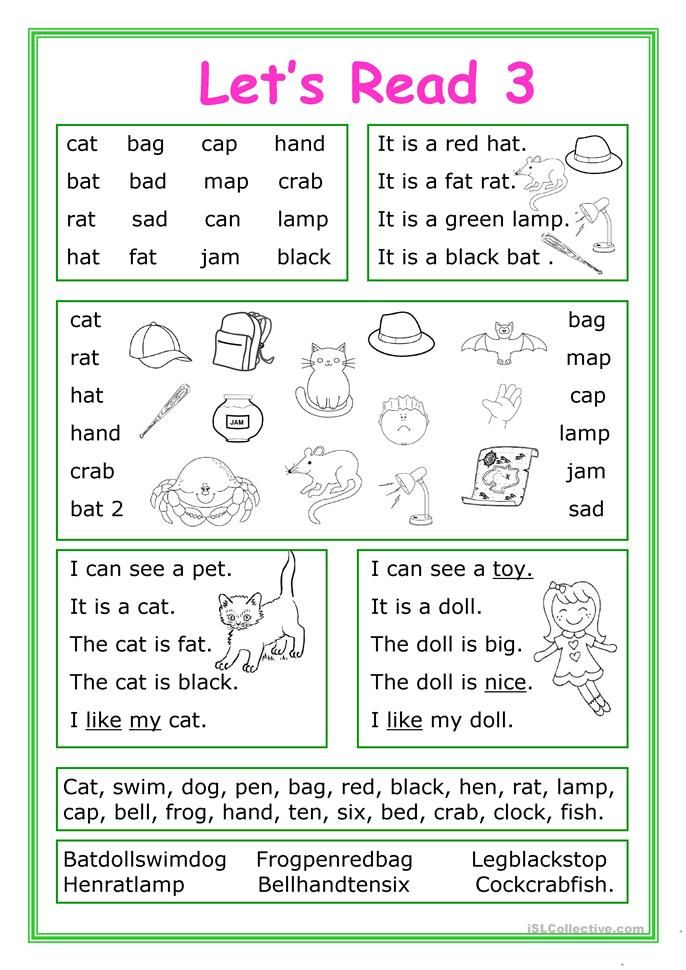 Included is a CD with songs, the texts of which go under each picture.
Included is a CD with songs, the texts of which go under each picture.
Folders are great for kids who like looking at pictures. Each of them is an occasion to discuss with the child where the kitten is, what the puppy is doing, where the beetle flew.
It is possible to teach a child with these cards from the age of three. At the same time, it should be noted that the author of the methodology himself does not consider it necessary to force early development.
"Teremki" by Voskobovich consist of 12 wooden cubes with consonants and 12 cardboard cubes with vowels. First, the child gets acquainted with the alphabet and tries with the help of parents to come up with words that begin with each of the letters.
Then it's time to study the syllables. In the tower with the letter M is embedded A - and the first syllable is ma . From several towers you can lay out words. Learning is based on play. So, when replacing the vowel , house will turn into smoke .
You can start playing tower blocks from the age of two. At the same time, parents will not be left alone with the cubes: the kit includes a manual with a detailed description of the methodology and game options.
4. Chaplygin's dynamic cubes
Shot: Both a boy and a girl! Children's channel - We are twins / YouTubeEvgeny Chaplygin's manual includes 10 cubes and 10 movable blocks. Each dynamic block consists of a pair - a consonant and a vowel. The task of the child is to twist the cubes and find a pair.
At the initial stage, as with any other method of learning to read in warehouses, the child makes the simplest words from repeating syllables: ma-ma, pa-pa, ba-ba . The involved motor skills help to quickly remember the shape of the letters, and the search for already familiar syllables turns into an exciting game.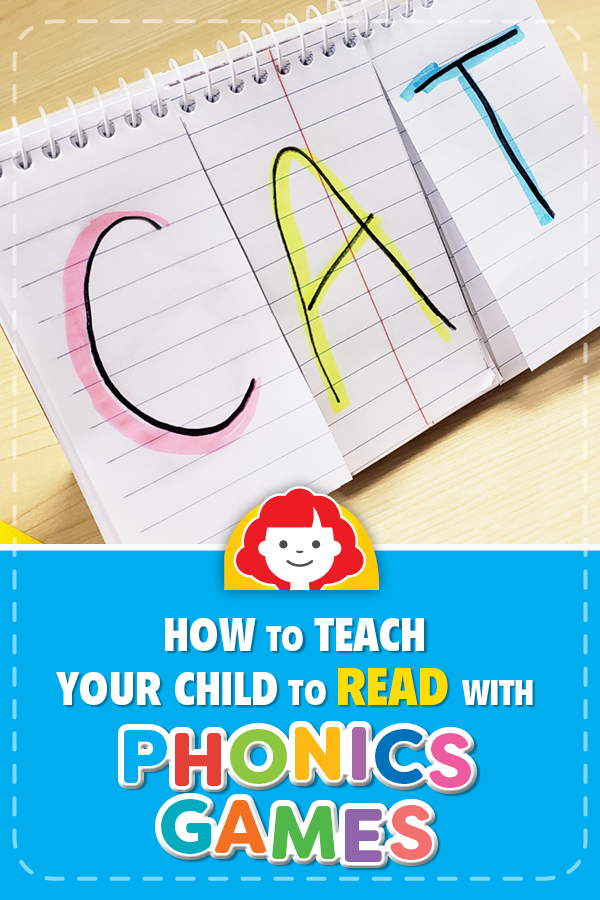 The cubes are accompanied by a manual describing the methodology and words that can be composed.
The cubes are accompanied by a manual describing the methodology and words that can be composed.
The optimal age for classes is 4-5 years. You can start earlier, but only in the game format.
5. Doman's cards
Frame: My little star / YouTubeAmerican doctor Glenn Doman suggests teaching children not individual letters or even syllables, but whole words. Parents name and show the child the words on the cards for 1-2 seconds. In this case, the baby is not required to repeat what he heard.
Classes start with 15 cards with the simplest concepts like females and males . Gradually, the number of words increases, those already learned leave the set, and the child begins to study phrases: for example, color + object, size + object.
How can one understand that a child has understood and memorized the visual image of a word, if the author of the methodology recommends starting classes from birth? Glenn Doman in "The Harmonious Development of the Child" strongly emphasizes that it is not necessary to arrange tests and checks for the child: kids do not like this and lose interest in classes.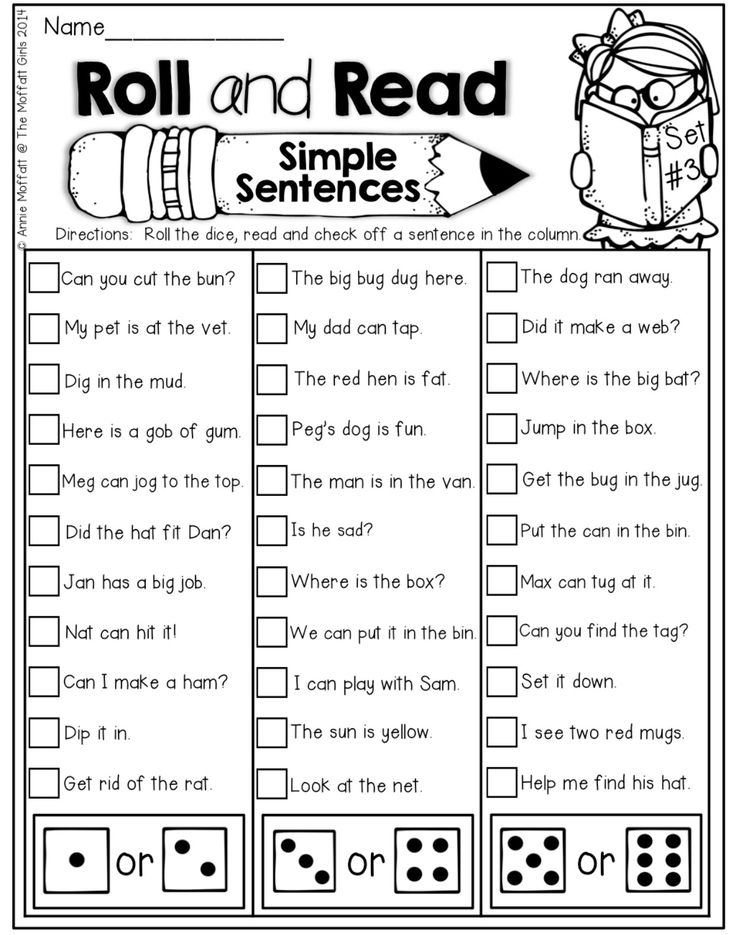
It's better to remember 50 cards out of 100 than 10 out of 10.
Glenn Doman
But given that parents can't help but check, he advises the child to play the game if they want and are ready. For example, you can put a few cards and ask to bring one or point to it.
Today, psychologists, neurophysiologists and pediatricians agree that the Doman method is aimed not at teaching reading, but at mechanical memorization of visual images of words. The child turns out to be an object of learning and is almost deprived of the opportunity to learn something on his own.
It is also worth adding: in order to proceed to the stage of reading according to Doman, parents need to prepare cards with all (!) Words that are found in a particular book.
6. Montessori method
Photo: Kolpakova Daria / Shutterstock Montessori reading comes from the opposite: first we write and only then we read. Letters are the same pictures, so you first need to learn how to draw them and only then engage in pronunciation and reading.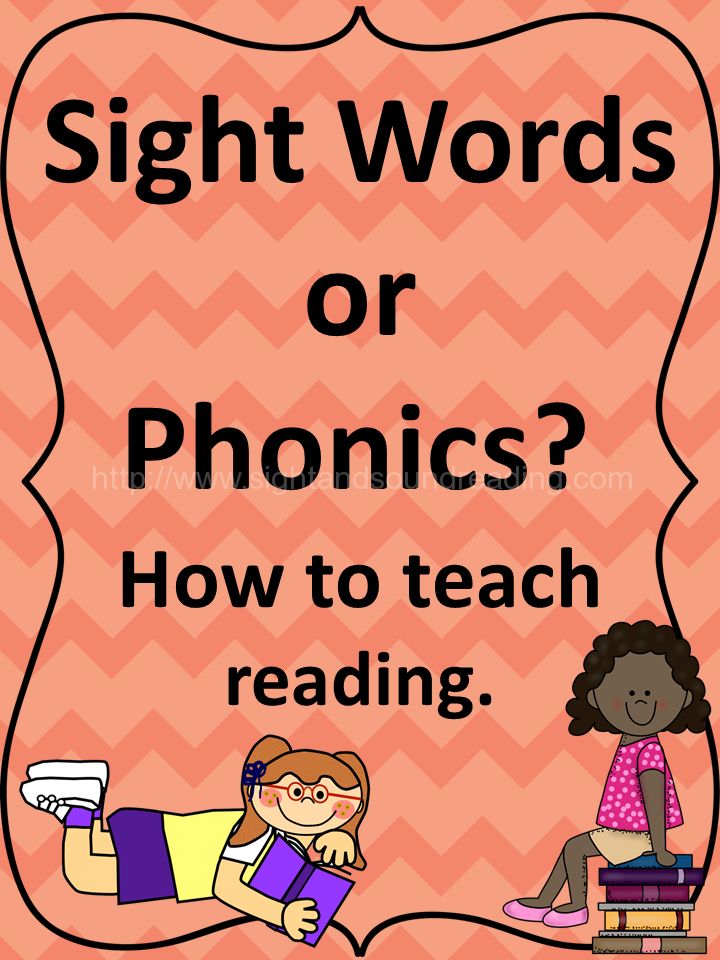 Children begin by tracing and shading the letters, and through this, they memorize their outline. When several vowels and consonants have been studied, they move on to the first simple words.
Children begin by tracing and shading the letters, and through this, they memorize their outline. When several vowels and consonants have been studied, they move on to the first simple words.
Much attention is paid to the tactile component, so children can literally touch the alphabet cut out of rough or velvety paper.
The value of the method lies in learning through play. So, you can put a rough letter and a plate of semolina in front of the child and offer to first circle the sign with your finger, and then repeat this on the semolina.
The challenge for parents is purchasing or stocking up a significant amount of handouts. But you can try to make cards with your own hands from cardboard and sandpaper.
What's the result
On the Internet and on posters advertising "educators", you will be offered ultra-modern methods of teaching your child to read at three, two years old or even from birth.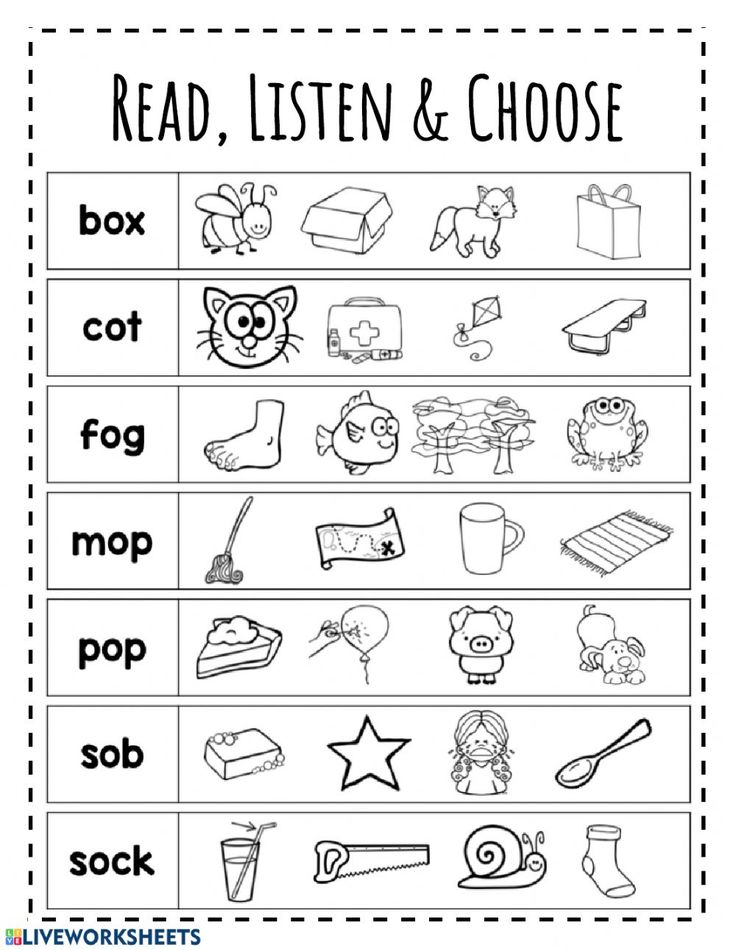 But let's be realistic: a happy mother is needed a year, not developmental classes.
But let's be realistic: a happy mother is needed a year, not developmental classes.
The authors of the methods as one insist that the most natural learning process for a child is through play, and not through classes in which the parent plays the role of a strict controller. Your main assistant in learning is the curiosity of the child himself.
Some children will study for six months and start reading at three, others have to wait a couple of years to learn in just a month. Focus on the interests of the child. If he likes books and pictures, then primers and Folders will come to the rescue. If he is a fidget, then cubes and the Montessori system are better suited.
In learning to read, everything is simple and complex at the same time. If the child often sees you with a book, you have a tradition of reading before bed, your chances of getting your baby interested in reading will increase significantly.
Read also 🧐
- How to teach a child to keep promises
- How to teach a child to say the letter "r"
- How to teach a child to ride a bicycle
- How to teach a child to swim
- How to teach a child to write
How to teach a child to read: techniques from an experienced teacher
At what age should you start teaching a child to read
Speech therapist Naya Speranskaya believes that the optimal age at which you can gradually start learning to read is 5. 5 years.
5 years.
“But still, the starting point for the first steps in this matter should not be a specific age, but the child himself. There are children who are ready to master the skill as early as 3-4 years old, and there are those who “mature” closer to grade 1. Once I worked with a boy who could not read at 6.5 years old. He knew letters, individual syllables, but he could not read. As soon as we began to study, it became clear that he was absolutely ready for reading, in two months he began to read perfectly in syllables, ”said Speranskaya.
How to teach a child to read quickly and correctly
The first thing you need to teach your baby is the ability to correlate letters and sounds. “In no case should a child be taught the names of letters, as in the alphabet: “em”, “be”, “ve”. Otherwise, training is doomed to failure. The preschooler will try to apply new knowledge in practice. Instead of reading [mom], he will read [me-a-me-a]. You are tormented by retraining, ”the speech therapist warned.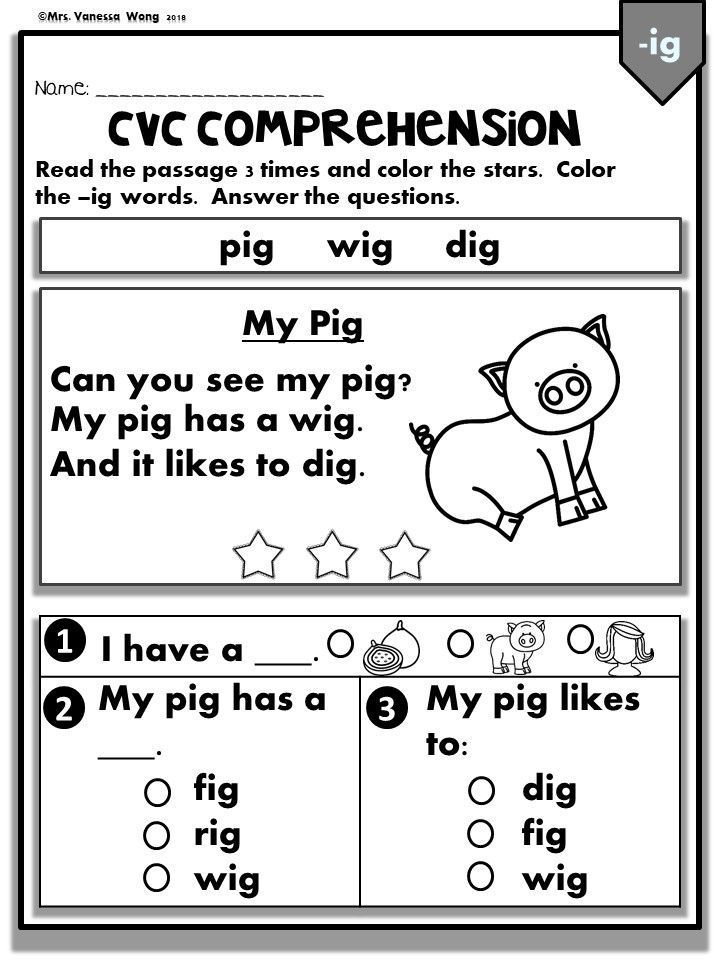
Therefore, it is important to immediately give the child not the names of the letters, but the sounds they represent. Not [be], but [b], not [em], but [m]. If the consonant is softened by a vowel, then this should be reflected in the pronunciation: [t '], [m'], [v '], etc.
To help your child remember the graphic symbols of letters, make a letter with him from plasticine, lay it out using buttons, draw with your finger on a saucer with flour or semolina. Color the letters with pencils, draw with water markers on the side of the bathroom.
“At first it will seem to the child that all the letters are similar to each other. These actions will help you learn to distinguish between them faster, ”said the speech therapist.
As soon as the baby remembers the letters and sounds, you can move on to memorizing syllables.
close
100%
How to teach your child to join letters into syllables
“Connecting letters into syllables is like learning the multiplication table. You just need to remember these combinations of letters, ”the speech therapist explained.
You just need to remember these combinations of letters, ”the speech therapist explained.
Naya Speranskaya noted that most of the manuals offer to teach children to read exactly by syllables. When choosing, two nuances should be taken into account:
1. Books should have little text and a lot of pictures.
2. Words in them should not be divided into syllables using large spaces, hyphens, long vertical lines.
“All this creates visual difficulties in reading. It is difficult for a child to perceive such a word as something whole, it is difficult to “collect” it from different pieces. It is best if there are no extra spaces or other separating characters in the word, and syllables are highlighted with arcs directly below the word, ”the speech therapist explained.
According to Speranskaya, cubes with letters are also suitable for studying syllables - playing with them, the child will quickly remember the combinations.
Another way to gently help your child learn letters and syllables is to print them in large print on paper and hang them all over the apartment.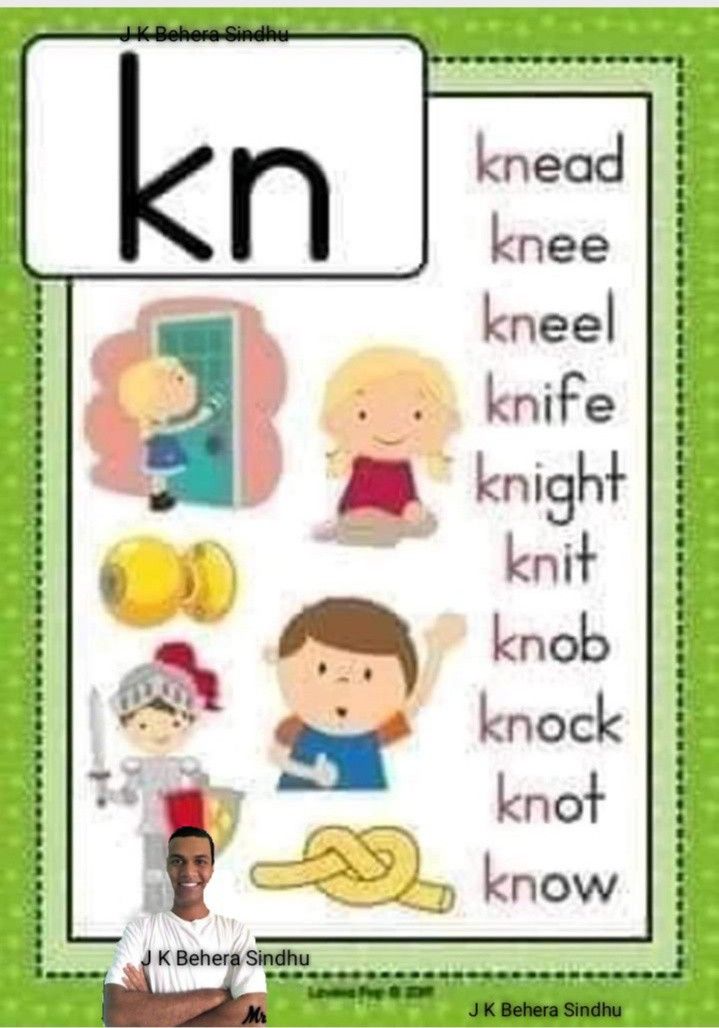
“Hang them on the refrigerator, on the board in the nursery, on the wall in the bathroom. When such leaflets are hung throughout the apartment, you can inadvertently return to them many times a day. Do you wash your hands? Read what is written next to the sink. Is the child waiting for you to give him lunch? Ask him to name which syllables are hanging on the refrigerator. Do a little, but as often as possible. Step by step, the child will learn the syllables, and then slowly begin to read,” the specialist said.
Speranskaya is sure that in this way the child will learn to read much faster than after daily classes, when parents seat the child at the table with the words: "Now we will study reading ..."
“If it is really difficult for you to give up such activities, then pay attention that the nervous system of preschoolers is not yet ripe for long and monotonous lessons. Children spend enormous efforts on the analysis of graphic symbols. Learning to read for them is like learning a very complex cipher.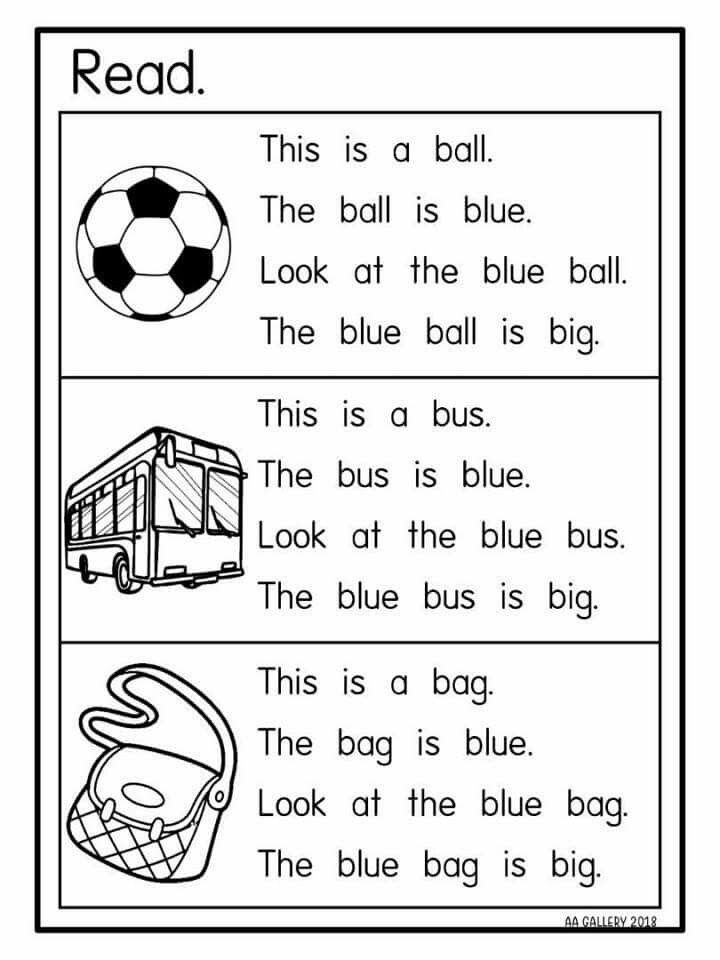 Therefore, it is necessary to observe clear timing in such classes. At 5.5 years old, children are able to hold attention for no more than 10 minutes, at 6.5 years old - 15 minutes. That's how long one lesson should last. And there should be no more than one such “lessons” a day, unless, of course, you want the child to lose motivation for learning even before school,” the speech therapist explained.
Therefore, it is necessary to observe clear timing in such classes. At 5.5 years old, children are able to hold attention for no more than 10 minutes, at 6.5 years old - 15 minutes. That's how long one lesson should last. And there should be no more than one such “lessons” a day, unless, of course, you want the child to lose motivation for learning even before school,” the speech therapist explained.
How to properly explain to a child how to divide words into syllables
When teaching a child to divide words into syllables, use a pencil. Mark syllables with a pencil using arcs.
close
100%
“Take the word dinosaur. It can be divided into three syllables: "di", "but", "zavr". The child will read the first syllables without difficulty, but it will be difficult for him to master the third. The kid cannot look at three or four letters at once. Therefore, I propose to teach to read not entirely by syllables, but by the so-called syllables. This is when we learn to read combinations of consonants and vowels, and we read the consonants separately.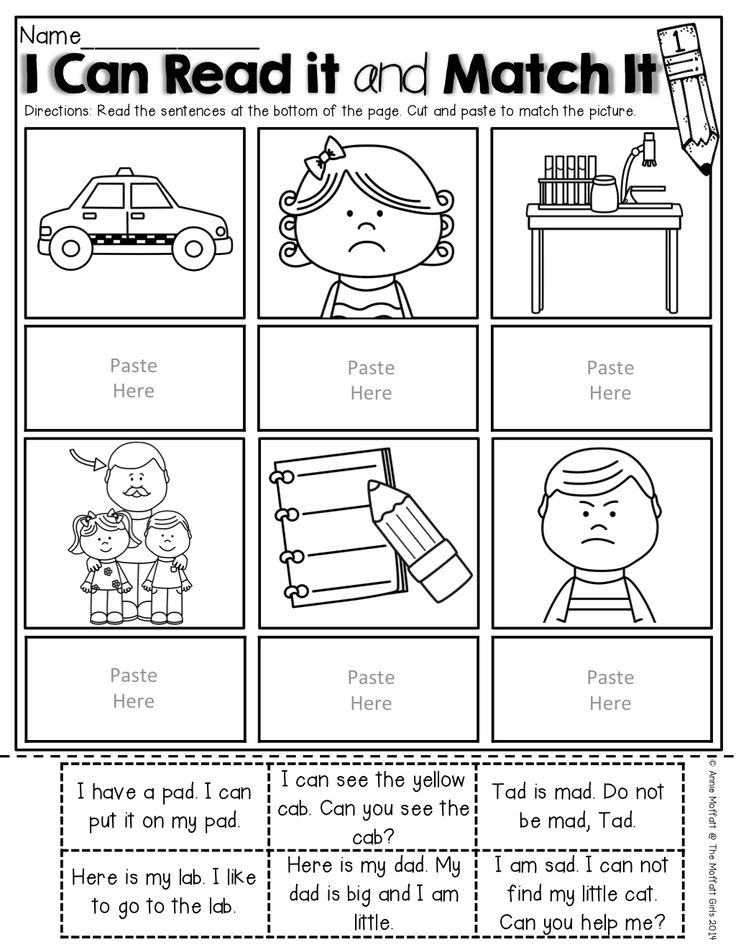 For example, we will read the word "dinosaur" like this: "di" "but" "for" "in" "p" The last two letters are read separately from "for". If you immediately teach a child to read by syllables, he will quickly master complex words and move on to fluent reading, ”the speech therapist is sure.
For example, we will read the word "dinosaur" like this: "di" "but" "for" "in" "p" The last two letters are read separately from "for". If you immediately teach a child to read by syllables, he will quickly master complex words and move on to fluent reading, ”the speech therapist is sure.
In a text, syllables can be denoted in much the same way as syllables. Vowel + consonant with the help of an arc, and a separate consonant with the help of a dot.
Naya Speranskaya gave parents a recommendation to memorize syllables/syllable fusions for as long as possible, and move on to texts only when the child suggests it himself.
“If a preschooler is not eager to read, then there is no need to put pressure on him. Automate syllables. Take your time. Learning should take place gradually, from simple to complex. The reading technique develops over time, ”added Speranskaya.
Another important clarification from the speech therapist: when the child begins to read words and then sentences, parents need to clarify the meaning of what they read.